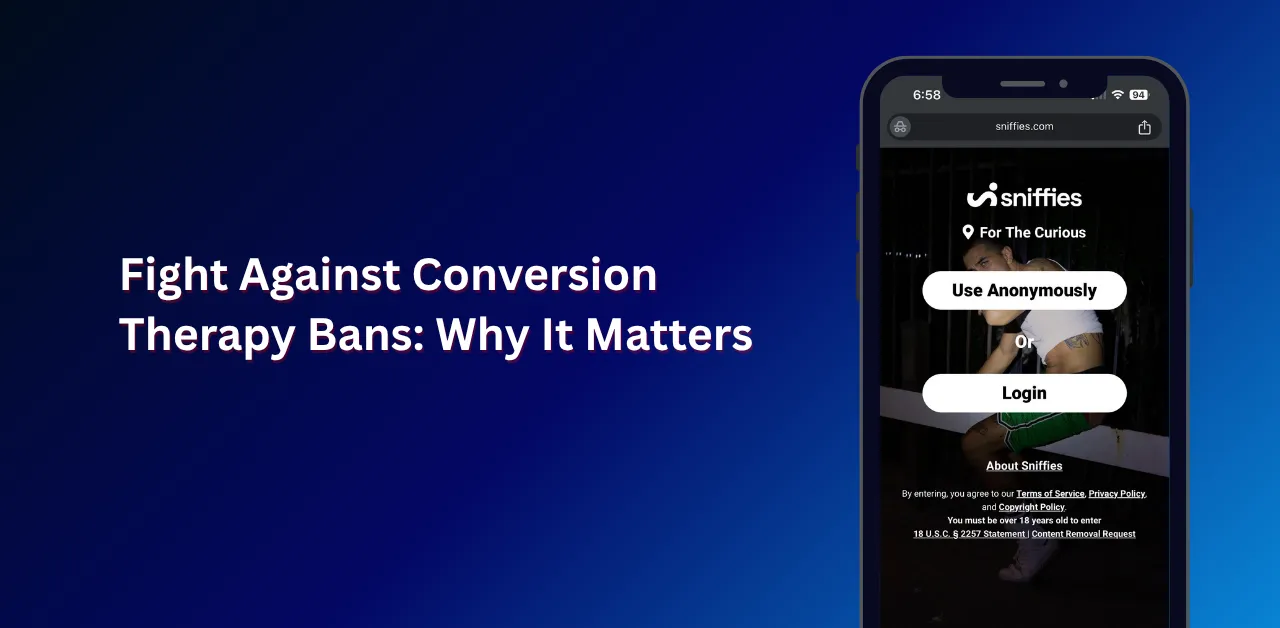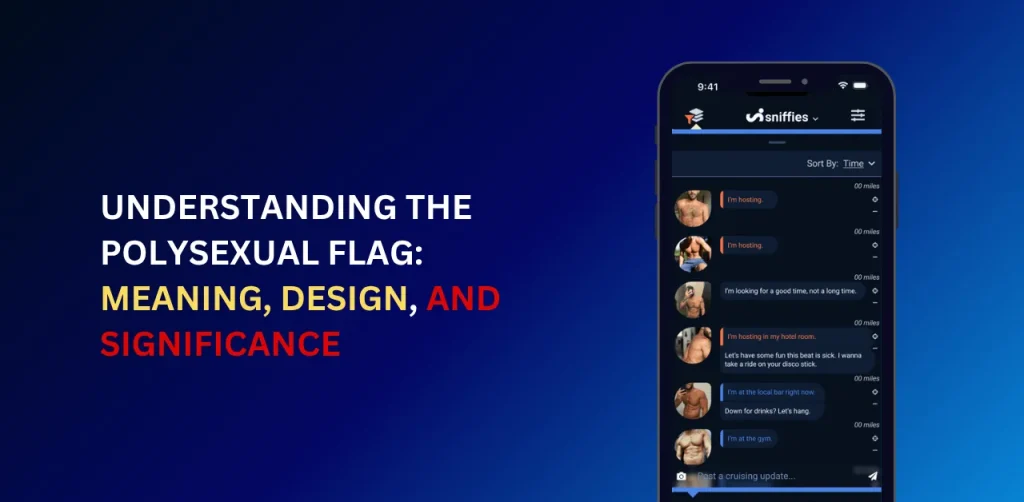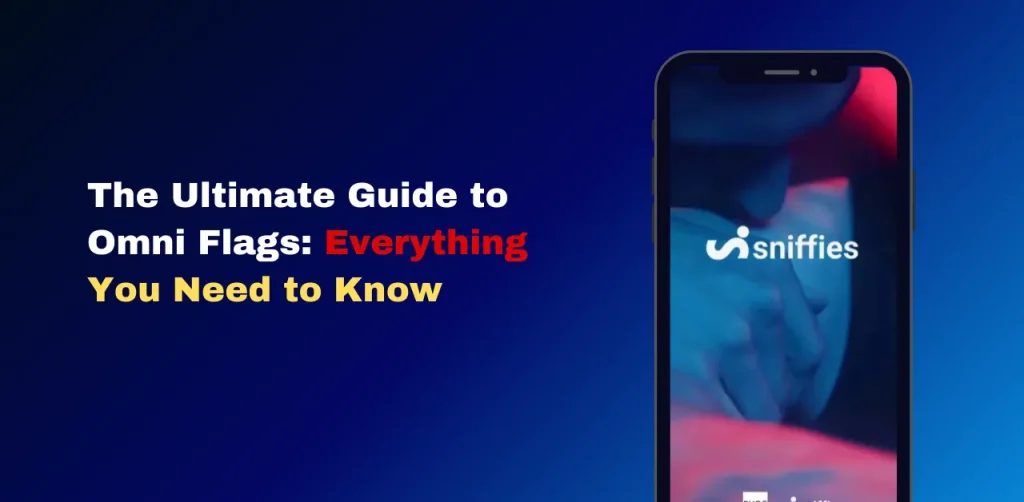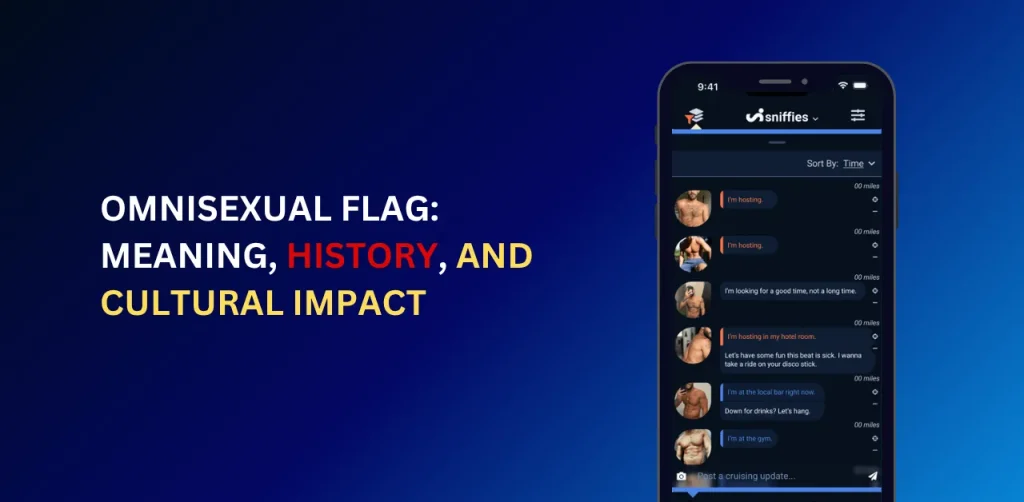Fight Against Conversion Therapy Bans: Why It Matters

Can conversion therapy be stopped for good? This harmful practice targets LGBTQ youth, trying to change their sexual orientation or gender identity. It’s widely discredited and dangerous. The Fight against Conversion Therapy bans is growing, protecting young people and saving lives. Let’s explore why this matters, the progress made, and how you can help. 🌈
What Is Conversion Therapy?
Conversion therapy includes practices like talk therapy, aversion techniques, or religious counseling aimed at changing someone’s sexual orientation or gender identity. It’s often called “reparative therapy” or “gender exploratory therapy.” These methods assume being LGBTQ is abnormal, which science rejects. Major groups like the American Psychiatric Association (APA) say it’s ineffective and harmful.
Why Conversion Therapy Harms LGBTQ Youth
Conversion therapy hurts more than it helps. Here’s why:
The Fight against Conversion Therapy Bans
The push to ban conversion therapy is gaining ground. Here’s the progress:
United States
- State Bans: As of 2019, 18 states, D.C., and many cities banned conversion therapy for minors. By 2025, more states are joining, like Maine.
- Federal Efforts: In 2015, the Obama administration called for a national ban on conversion therapy for minors.
- Public Support: Polls show 60-75% of Americans in states like Florida and Virginia support bans.
Global Efforts
- Canada: Ontario banned conversion therapy for minors, with other provinces following.
- United Kingdom: In 2018, 5% of UK LGBTQ survey respondents reported experiencing conversion therapy. The government plans a ban by 2025.
- UN Stance: In 2020, the UN called conversion therapy “torture” and urged global bans.
Challenges in Banning Conversion Therapy
The fight faces hurdles:
Why Bans Are Critical
Bans protect LGBTQ youth in these ways:
How to Support the Fight Against Conversion Therapy
You can make a difference. Here’s how:
Trends in the Fight Against Conversion Therapy
The fight is evolving:
Stories from LGBTQ Youth
Real voices show why bans matter:
- Alex, 17, Trans: “I was forced into therapy to ‘fix’ me. It made me feel broken. Bans would’ve saved me pain.”
- Sam, 15, Gay: “Online groups like TrevorSpace helped me accept myself, not change.”
- Taylor, 19, Nonbinary: “My counselor pushed conversion therapy. I left feeling worthless.”
How Parents Can Help
Parents can support their LGBTQ kids:
What is conversion therapy?
It’s a harmful practice trying to change someone’s sexual orientation or gender identity. It lacks scientific support.
Why ban conversion therapy?
It causes depression, anxiety, and suicide risk, especially in youth. Bans protect lives.
Is conversion therapy still legal?
In the U.S., it’s banned in 18+ states for minors. Globally, bans are growing but vary.
Why the Fight Matters
The fight against conversion therapy bans is about love and safety. It’s about protecting LGBTQ youth from harm and letting them shine as they are. In 2025, bans are saving lives, but the work isn’t done. Join the movement, share stories, and push for change. Every step forward is a victory for queer youth. 🏳️⚧️
Want to explore more about LGBTQ+ representation and advocacy? Check out our article on Social Media as a Safe Space for LGBTQ Youth





